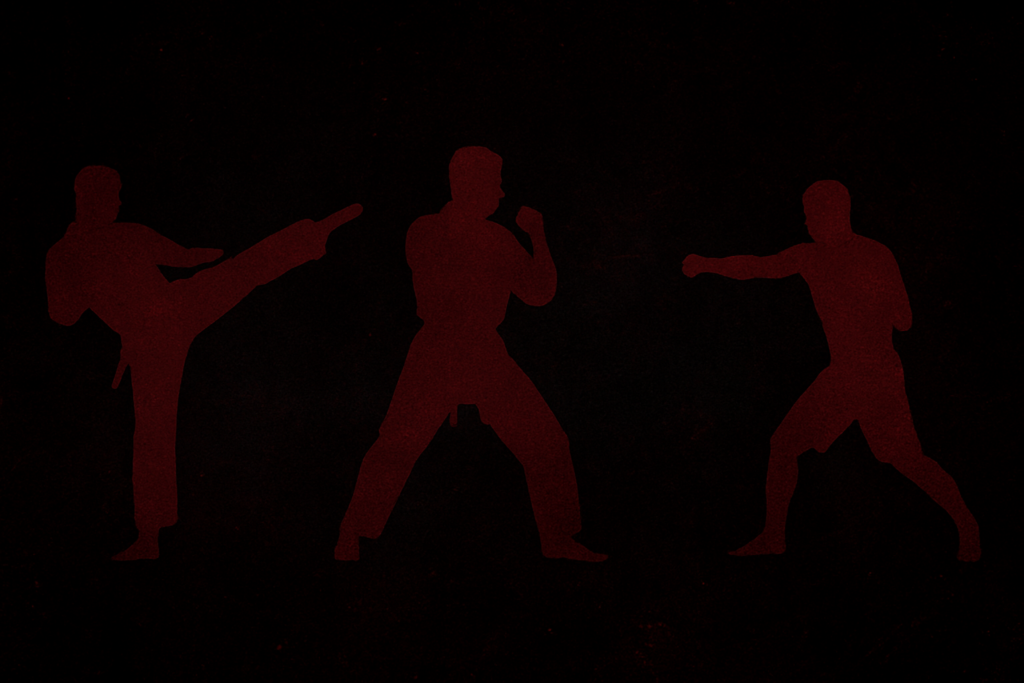Staying Consistent When You’re on Your Own
Introduction

Training solo is a reality for many martial artists — odd work hours, limited class access, or simply the desire to supplement dojo time. Staying consistent alone requires structure, creativity, and the right mindset. This post gives practical, field-tested tips to keep your training sustainable, effective, and motivating even when you’re the only one on the mat.
1. Make a Clear, Realistic Plan
- Set weekly micro-goals (e.g., “3 technical sessions + 2 conditioning sessions”). Small wins build momentum.
- Schedule sessions like appointments — put them on your calendar and treat them as non-negotiable.
- Use themes for each day: Technique Tuesday, Conditioning Thursday, Mobility Sunday — variety beats boredom.
2. Build Short, Effective Solo Sessions
Your solo sessions should be high value and time-efficient:
- 15–30 minute technique drills: shadowboxing focused on footwork, drill a single takedown entry repeatedly, practice transitions.
- 20–30 minute conditioning: HIIT circuits, jump rope, sprints, or a bodyweight circuit.
- 10–15 minute mobility: hips, shoulders, thoracic spine work — a small investment that pays huge dividends for performance and injury prevention.
Template solo session (40 min): 10 min warm-up + 18 min high-quality drill/HIIT + 12 min mobility & cooldown.
3. Record Progress & Stay Accountable
- Keep a training log: write notes about what you worked, how it felt, what to fix next time. Logs build a feedback loop.
- Use simple metrics: RPE, rounds completed, jump-rope cadence, or time-to-exhaustion. Improvements keep you motivated.
- Find an accountability buddy or online group: share weekly check-ins with one person — even a quick message increases adherence.
4. Use Technology to Replace Partners (When Needed)
- Video feedback: film technique, compare to pros, and self-correct.
- Apps & online classes: guided sessions add structure and coach cues (great for solo days).
- Timer apps & interval timers: keep rounds real, rest strict, and focus high.
5. Make Training Fun & Varied
- Challenge yourself with mini objectives: master a new combo in two weeks, increase HIIT rounds by one per week.
- Mix in cross-training: kettlebell circuits, yoga flows, sprint sessions — novelty beats burnout.
- Gamify training: use simple scoring (clean combos = points) to keep practice dynamic.
6. Mindset & Motivation Tools
- Small rituals: pre-session breathing, putting on your training playlist, or a short warm-up sequence — rituals cue your brain that training has begun.
- Embrace “good enough” sessions: imperfect training still builds skill and habit — don’t wait for perfect conditions.
- Visualize outcomes: picture successful technique or a tough round, then practice the movements — visualization improves focus and confidence.
7. Safety & Recovery When Training Alone
- Don’t attempt risky takedowns or throws without a partner or proper mat.
- Use controlled drills for grappling entries (shadow entries, hip switch practice) rather than full throws.
- Prioritize mobility and cooldown — training smartly prevents setbacks that kill motivation.
Conclusion
Solo training can be as productive and fulfilling as partnered practice if it’s planned, varied, and tracked. Make a realistic schedule, keep sessions short and focused, use tech for feedback, and practice daily rituals to cue commitment. Consistency beats intensity as the engine of progress — train often, then train better.
Bonus
Track Your Progress — Free Training Log Download
Staying consistent is easier when you can see your growth.
Download our free Martial Arts Training Log Template (CSV) — designed to track sessions, goals, and improvements.👉 Download the Training Log Template (CSV)
(Right-click and choose “Save As” to save it to your device.)
Columns included:
| Date | Session Type | Duration (min) | Focus Area | RPE (Effort 1–10) | Notes / Key Learnings | Next Focus |

